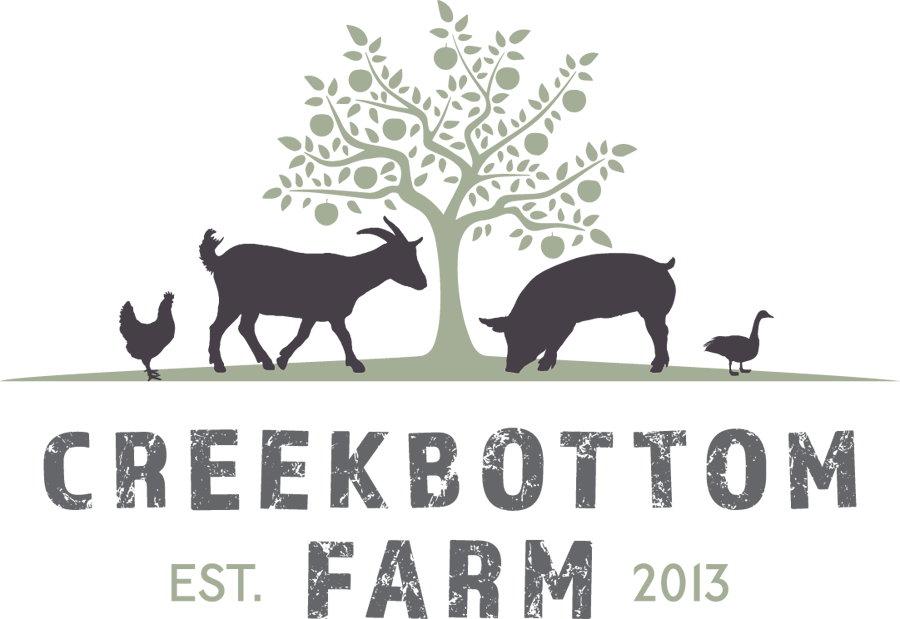New life on the farm
Moving from the big city to the farm in the summer of 2013 was exciting -- all of our talking and dreaming turned into reality, and suddenly we needed rubber boots and pitchforks. Our sweet little two acres in the heart of the Saanich Peninsula was a horse farm when we purchased it. The soil was terribly compacted from years of hosting too many horses, and there was a big gravelly riding ring in one corner. The property almost seemed inhospitable to life. It was a flat, sunny, barren blank canvas with a creek running across the lowest section at the back, barely a trickle in the summer, but sometimes overflowing its banks in the winter. It didn't take long before the name Creekbottom Farm was born.
That first year we tried to break up the soil a bit, but it was difficult. We planted a cover crop of winter rye in the fall and left it until spring. By then it had grown up lush and green, and in the process, it had rooted deeply enough to break up some of that compacted soil for us. We tilled it under and built up some raised beds. After receiving back the results of our soil tests, we made a custom mixture of organic amendments and mixed it all into the soil beds. In our first year we planted peas, carrots, potatoes, kale, spinach, greens, beets, chard, tomatoes, garlic, beans, corn, and way too much squash. Zucchini, summer squash, winter squash -- so much squash! The garden surpassed our wildest expectations and produced an amazing bounty of delicious veggies, and we spent the summer months gorging ourselves. September was a month of preserving, and we froze, canned and fermented as much as we could. I can't think of too many activities more deeply satisfying than filling the pantry with homegrown preserves in preparation for winter.
Also in that first year, we set up a chicken coop and run, and we populated it with a lovely mix of heritage laying hens. We started with about a dozen, and before long we were collecting multi-hued eggs each morning. Next we added goats. So much to learn! Our research indicated that Nigerian Dwarf goats are both small and thrifty, and produce delicious milk with the highest butterfat content of any goat. So we got ourselves two does and impregnated them in the fall. Spring arrived with the birth of five adorable kids! We realized almost immediately that milking a Nigerian Dwarf is a nice idea but practically impossible if you have regular adult-sized hands.
Further research led us to purchase two beautiful purebred Nubian does and a buckling. Nubians are a full-sized dairy breed and produce delicious milk with a butterfat content of approximately 7%, giving it a smooth, creamy and rich taste. They were in milk when we purchased them, so we continued milking them until January when they started to dry up. We were anticipating that they were pregnant by that point, but alas, our young buckling was too small and inexperienced to successfully impregnate two bossy and mature does. We've been without milk for this whole year, and we have our fingers crossed that our buck, now considerably larger and stinkier, will have done his job.
Our farm keeps us busier than I ever could have imagined. Thankfully, Jess is strong and resourceful and capable, and he has taken on the bulk of the outdoor work, which requires such a diversity of skills from carpentry to running the BCS to shoveling out the coop and goat shelters to trimming goat hooves. He's amazing. I busy myself with the lighter chores, feeding the animals, planting seeds, tending the flower beds, but mostly, cooking meals and keeping our farmhouse clean and organized. It's a partnership that, for the most part, works very well for us. Our project list never diminishes but instead grows ever longer.

